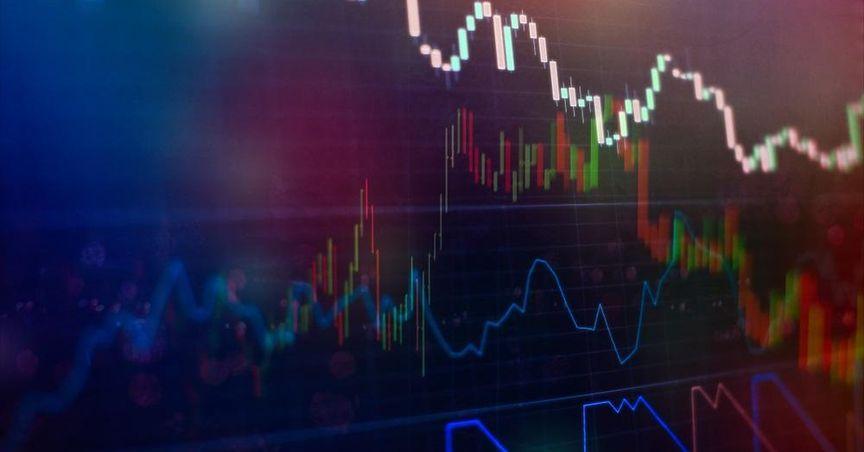Highlights
- Gold demand hit a record high in 2024, increasing by 1% to 4974 tons.
- Central bank gold purchases exceeded 1000 tons for the third consecutive year.
- Gold prices soared to an all-time high of US$2843.55 per ounce on Tuesday.
The year 2024 witnessed an unprecedented surge in gold demand, with the market showing remarkable resilience and formidable growth, as reported by the World Gold Council (WGC). Gold demand increased by 1% to a total of 4974 tons, matching the supply from mining and recycling activities. This rise in demand occurred despite the decrease in jewelry consumption by 11% to 1877.1 tons, influenced by the surge in gold prices which touched a record high of US$2843.55 per ounce, as noted by the London Bullion Markets Association.
Central banks played a significant role in driving up gold demand, purchasing over 1000 tons for the third year running. Notably, banks in emerging markets like Poland, Turkey, India, and China have persistently added to their gold reserves. This trend aligns with a global strategic shift aimed at reducing reliance on the US dollar and mitigating geopolitical and economic uncertainties.
Investment demand also saw an impressive 25% increase, reaching 1180 tons. This was primarily driven by a 10% uptick in bar purchases and a significant reduction in ETF outflows, which declined from 244.2 tons to 6.8 tons. Western ETF buyers made a notable return to the market in the last quarter of the year, complementing the strong demand from Asian funds.
Shaokai Fan, head of Asia-Pacific (excluding China) and global head of central banks at the WGC, described the rise in investment demand as robust, reflecting the intricate global financial backdrop characterized by declining interest rates and rising geopolitical tensions. This environment has spurred renewed investor interest, creating a self-reinforcing cycle of demand that sustains high gold prices.
Interestingly, technology demand related to AI data centers has also spurred gold consumption, which grew by 7% to 326.1 tons. While traditional dynamics between gold prices and factors like the US dollar and interest rates appear to have weakened, new global influences are emerging. Strong demand from China and safety-seeking flows in response to international upheaval now have a substantial impact on gold pricing.
Market observers like Hedley Widdup, CEO of Lion Selection Group (ASX:LSX), interpret these trends as validation of the persistent strength in gold markets. Widdup remarked on the consistent demand from significant players such as central banks, indicating potential longevity in the upward trajectory of gold prices.
Widdup also emphasized the favorable conditions for junior companies in the development stages, which stand to benefit disproportionately from the current gold market dynamics. With stakes in various emerging entities, primarily in Western Australia such as Brightstar Resources (ASX:BTR), Saturn Metals (ASX:STN), Antipa Minerals (ASX:AZY), and Medallion Metals (ASX:MM8), the potential for value growth is substantial.
Looking forward to 2025, gold continues to exhibit a strong allure, bolstered by a complex interplay of traditional and new-age market factors. As the globe navigates uncertain economic and political waters, gold retains its luster as both a safe haven and a strategic asset.



